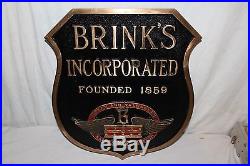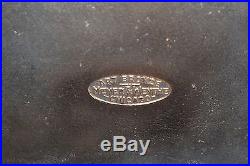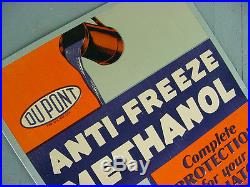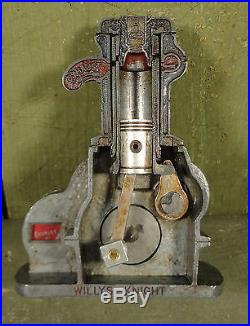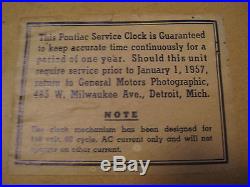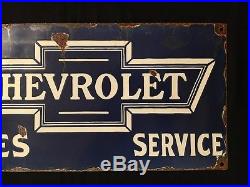
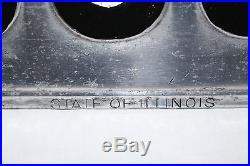


For your consideration a vintage c. The piece is made of metal and is embossed with a leather back. It measures 13 1/4″ in width by 6 1/4″ in height. An excellent addition to any antique collection or if you just want to own a really neat old license plate. The item “Rare Vintage c. 1908 Illinois Embossed Metal Car License Plate Gas Oil Sign” is in sale since Thursday, May 19, 2016. This item is in the category “Collectibles\Advertising\Merchandise & Memorabilia\Signs\Original\Pre-1930″. The seller is “oldjunque74″ and is located in Bloomington, Illinois. This item can be shipped worldwide.
- Type of Advertising: License plate
- Country/Region of Manufacture: United States





